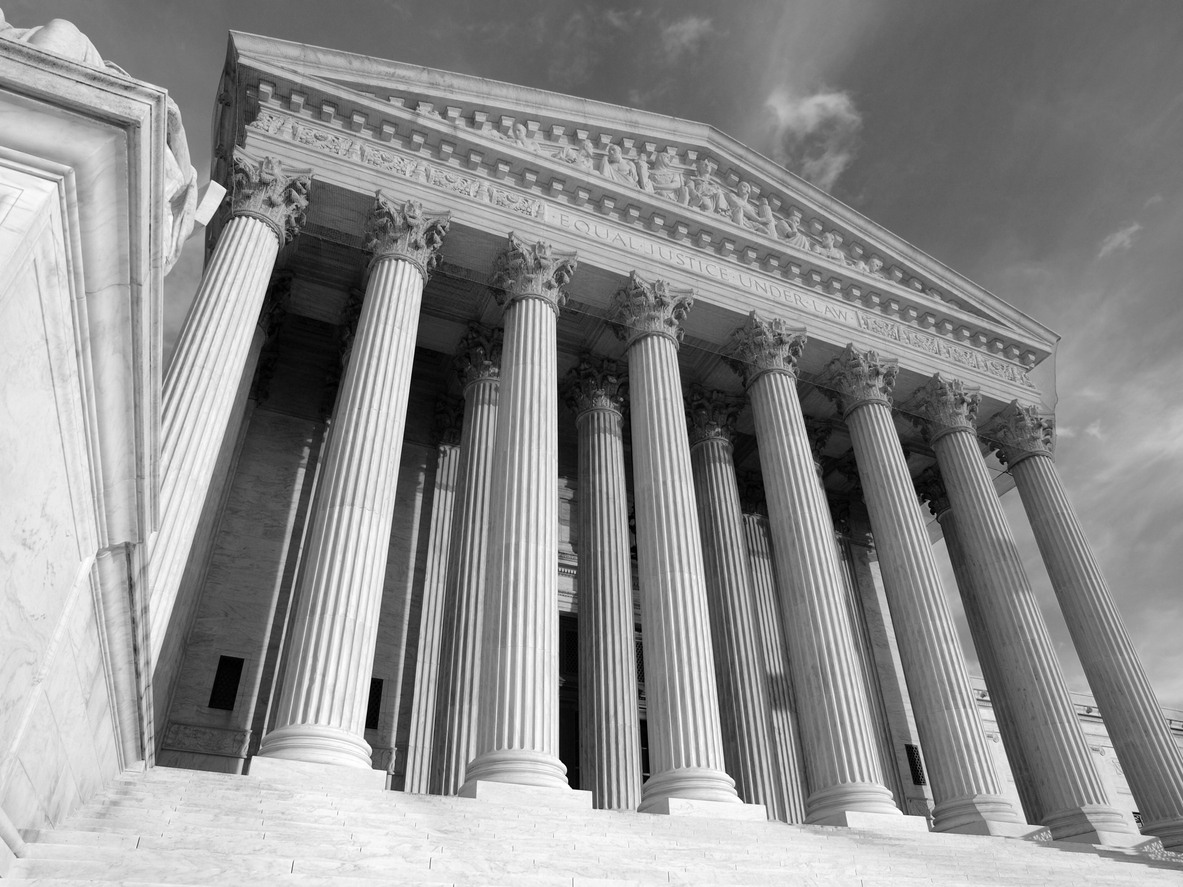SCOTUS Resolves Court Split in Fourth Estate, but Registration Concerns Remain

Today, the Supreme Court released its decision in Fourth Estate Public Benefit Corp. v. Wall-Street.com, holding that a copyright owner of a U.S. work must wait for the Register of Copyrights to either issue a registration certificate or refuse a registration before being able to protect her rights in court (this has been referred to as the “registration approach”). The decision settles an issue that has long divided courts—some courts had held that a copyright owner did not have to wait for the Register to act and could file suit as soon as her registration application, deposit, and fee were delivered to the U.S. Copyright Office (called the “application approach”).
In a brief, unanimous decision, Justice Ginsburg likened the registration requirement “to an administrative exhaustion requirement that the owner must satisfy before suing to enforce ownership rights.” In concluding that the Copyright Act supported the registration approach, Justice Ginsburg stuck to the language of the statute. However, she finished her opinion with a nod to the policy concerns raised by the registration approach, saying,
True, the statutory scheme has not worked as Congress likely envisioned. Registration processing times have increased from one or two weeks in 1956 to many months today. Delays in Copyright Office processing of applications, it appears, are attributable, in large measure, to staffing and budgetary shortages that Congress can alleviate, but courts cannot cure. Unfortunate as the current administrative lag may be, that factor does not allow us to revise §411(a)’s congressionally composed text.
These concerns are what motivated us at the Copyright Alliance to file an amicus brief in support of the application approach and the ability for copyright owners to get into court without waiting. The application approach, we argued, still encourages copyright owners to register their works, but avoids the harms caused by delays in processing registration applications. Currently, those delays can be significant—on average, it takes the Copyright Office six months to process a claim. That average goes up to nine months if a Copyright Office Examiner needs to correspond with a copyright owner. In a world of viral, online infringement, a lot of damage can be done to a copyrighted work while an owner is powerless to stop it.
Justice Ginsburg is correct in noting that the processing times for claims is the result of an Office that, as hard-working as its employees are, has been historically underfunded and understaffed. Another big issue that we highlight in our brief is the outdated technology the Office has to rely on. The Office is engaged in significant efforts to modernize its registration (and other) systems, but we are still months and years away before those new systems are up and running.
We should also look at the statutory provisions regarding the registration process itself—in some instances, the Copyright Act can be very detailed. We should identify where that level of detail actually handcuffs the Office in being able to streamline its processes rather than giving it the flexibility it needs to create modern and nimble registration services.
By addressing these areas, we can ensure a copyright registration system that fulfills its public objectives in a way that is cost-effective and minimizes undue delays to copyright owners, which in turn would mitigate the harm that the registration requirement might cause.

